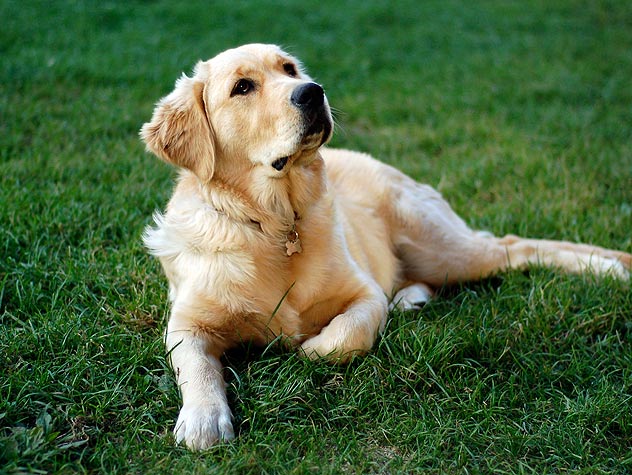Breed characteristics carousel
Learn More
Need to Know
- Dogs suitable for experienced owners
- Extra training required
- Need to be aware of potential health issues
- Enjoys active walks
- Medium dog
- Some drool
- Requires frequent grooming
- Chatty and vocal dog
- Barks and alerts to visitors/anything unusual
- Might not like other dogs
- May need additional training to live with other pets
- May need additional supervision to live with children
- Needs a large yard, in suburban or rural areas
- Can be left alone with training
- AKC Registered Breed

Personality
A natural-born daredevil, the Irish Terrier dog is a bold one. They are playful and curious, but also independent and stubborn. Ready for action and adventure, they like to chase, run and explore. Daily physical and mental stimulation is required to tire out their bodies and minds. When sufficiently tuckered out, they become well-mannered dogs indoors.
One of the oldest terrier breeds, the history of the Irish Terrier is not well recorded. They likely descended from the Black and Tan Terrier and a wheaten-colored terrier, both of which were used in Ireland for hunting. The Irish Terrier has a longer body and legs, though than other terrier types. The distinctive and striking red coat color became the breed’s signature at the end of the 19th century, and it was a popular dog in England at that time. They became popular when they first came to America in the 1920s. In World War I, the Irish Terrier dog breed served in the war as a messenger and watchdog.
The Irish Terrier breed is much larger than most terriers, with a fiery spirit to match its coat. They need training and socialization and when done properly, they can be well-mannered family dogs. They are sensitive and can be easily offended; owners who understand a terrier-like mind are ideal for this breed.
Irish Terriers need daily exercise, plus lots of mental stimulation through puzzles, owner engagement, enrichment toys, and more. They love walking routes with a lot of variety as well as a secure area to run off-leash.
The Irish Terrier can live just about anywhere so long as they have access to lots of space for running and walking, plus potty space.
The Irish Terrier breed’s coat is straight and flat with a soft and fine undercoat. Brushing through the lustrous coat a few times a week can help keep them in tip-top shape, and a handstripping two to three times a year is needed.
Irish Terrier dogs are intelligent and often stubborn when it comes to training. They need motivation and positive reinforcement, as well as lots of encouragement. Socialization is important for Irish Terrier puppies and dogs and should be early and ongoing, especially around other dogs. They’ll need to learn to walk on a leash and have good recall.
Terriers don’t like the element of surprise, so small children who could be unpredictable are not ideal. However, older children or families with no children make excellent Irish Terrier owners.
The cost of an Irish Terrier from a breeder is significantly more than the cost of adopting one from a local shelter or rescue. The adoption fee usually covers additional items such as spaying or neutering, vaccines, and microchipping.

Learn more about feeding and caring for your Irish Terrier on Purina.
Did You Know?
- The Irish Terrier’s red coat has gotten them the nickname “The Red Devil,” although their personality is anything but devilish.

